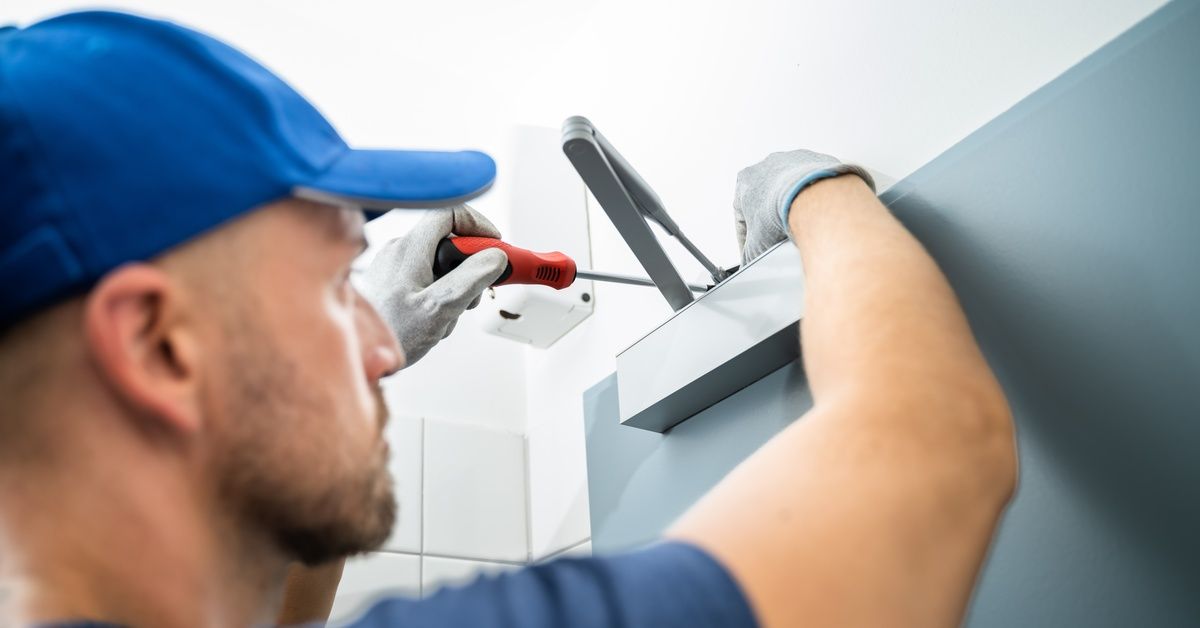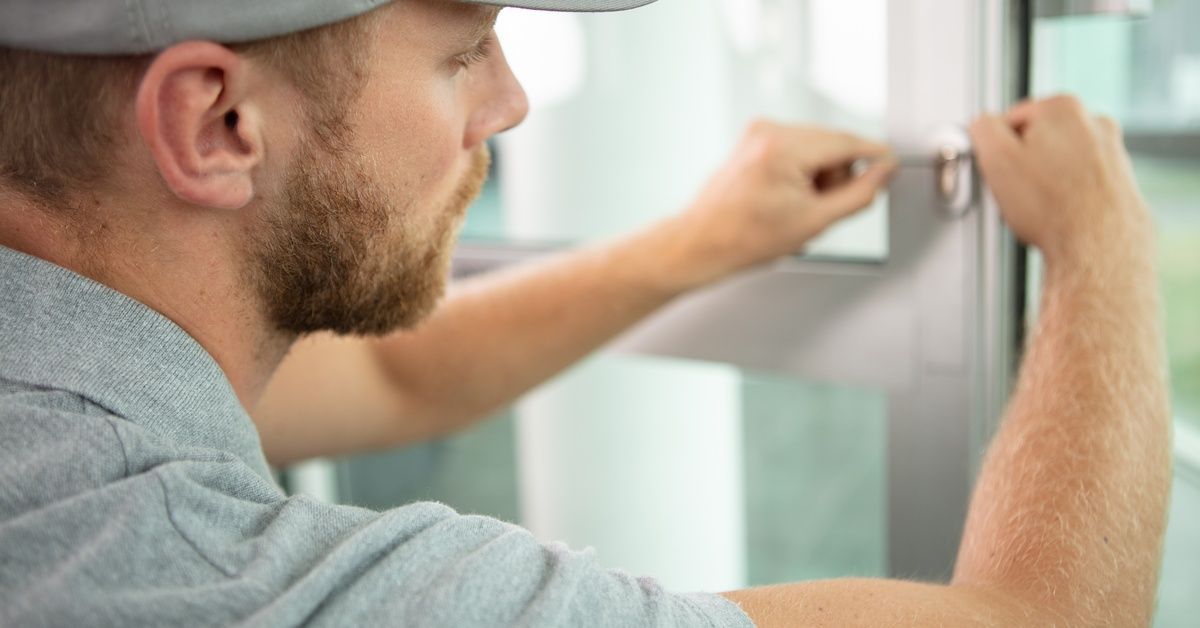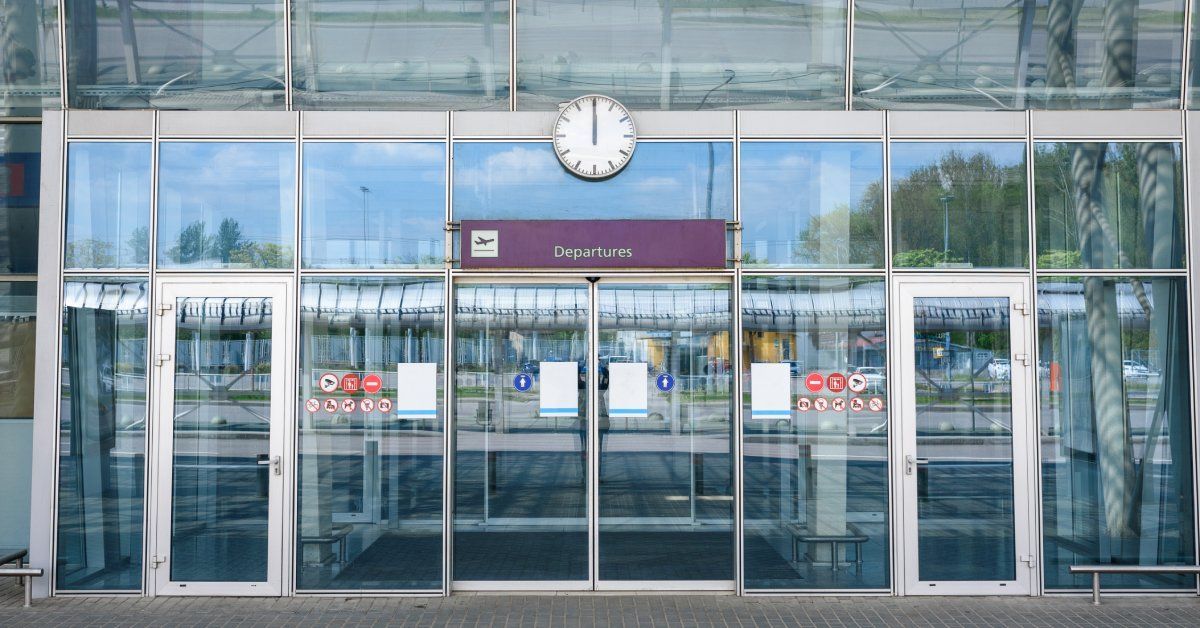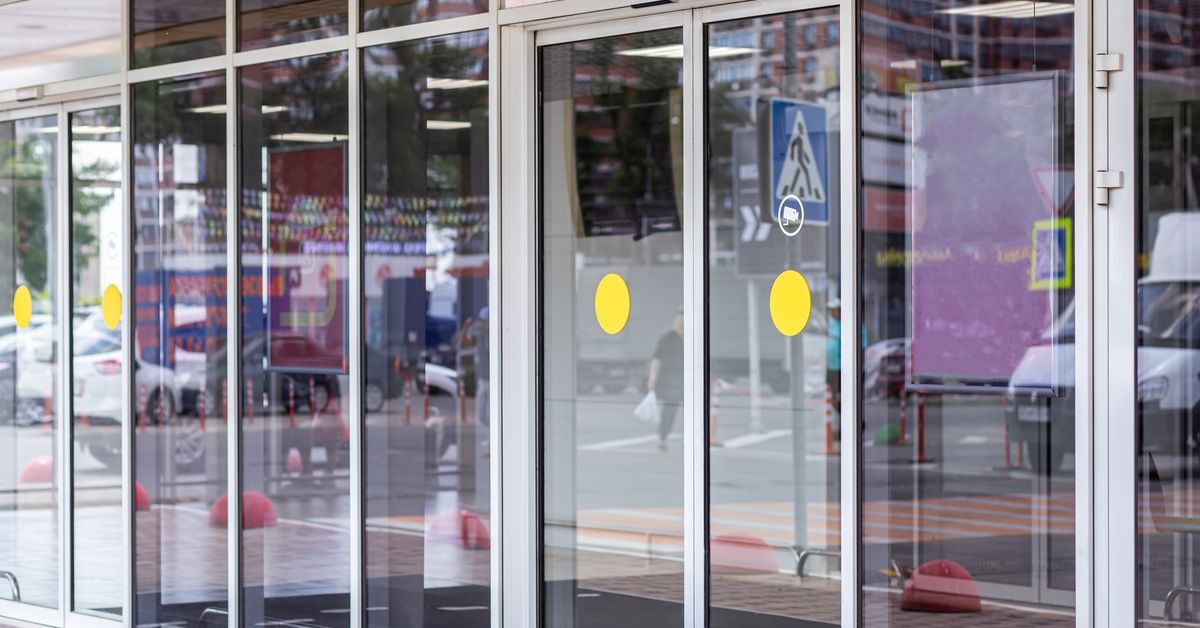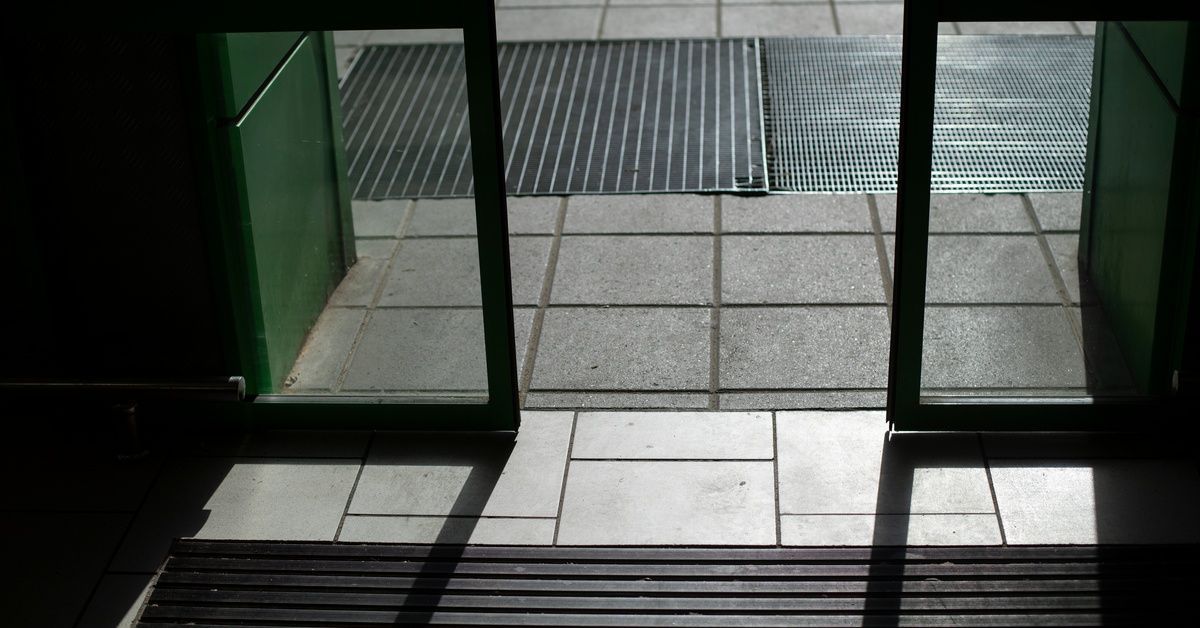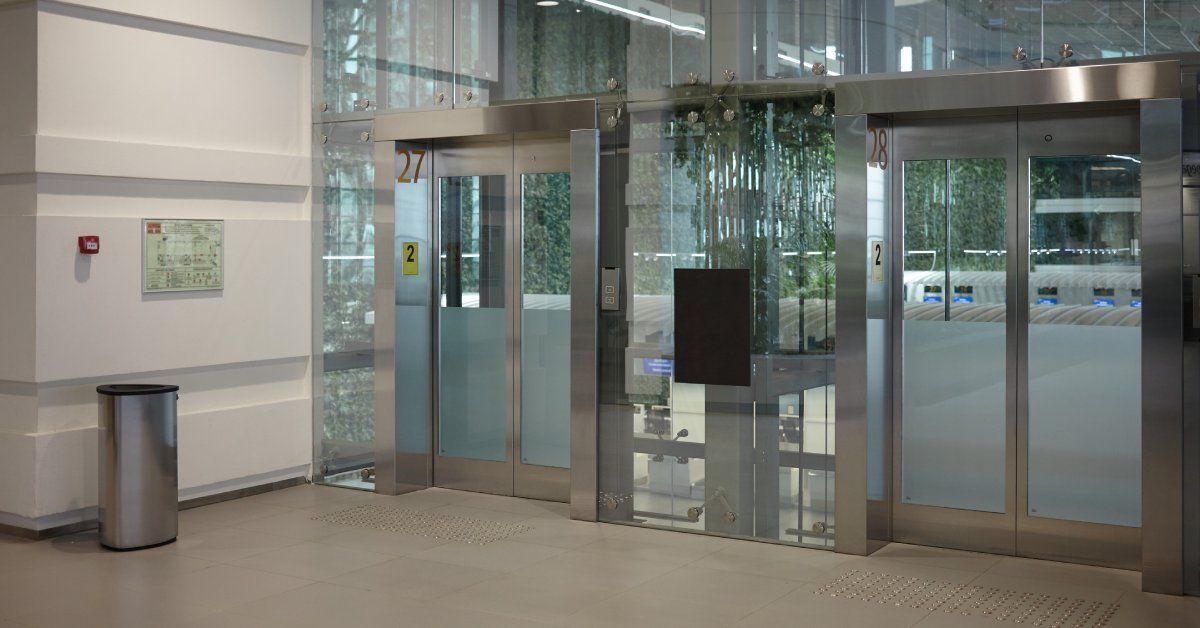Tips for Aligning Tracks in Sliding Door Systems
Aligned tracks form the foundation of reliable commercial sliding door operation. When tracks fall out of alignment, door jams, compromised security, and premature component failure are possible. Understanding tips for aligning tracks in sliding door systems protects your investment while ensuring seamless daily operations.
The Role of Track Alignment
Track alignment directly impacts a sliding door system’s performance and longevity. Misaligned tracks create uneven stress distribution across door components, forcing motors to work harder and accelerating wear patterns. This is a big problem for ADA-compliant doors, where smooth operation is mandatory for compliance.
Identifying Misalignment Warning Signs
Your sliding door system communicates problems through several clear indicators. Grinding noises during operations track irregularities, while uneven door movement suggests alignment issues. Doors that drag on one side or show increased opening resistance require immediate attention. Visible gaps between the door and frame also indicate misalignment problems.
Essential Tools for Track Alignment
Successful track alignment requires specific equipment. A laser or digital level provides accuracy beyond standard bubble levels. Measuring tape ensures precise positioning, while appropriate screwdrivers or drills handle hardware adjustments. Track cleaner and lubricant maintain smooth operation, and replacement screws or anchors address worn mounting hardware.
Re-Aligning Sliding Door Tracks
Alignment ensures reliable operation, reduces wear, and extends the life of your commercial sliding door system.
Thorough Track Inspection and Cleaning
Start by removing debris from track channels. Then, you can assess underlying alignment issues while preventing false readings during adjustment procedures.
Perform a Level Assessment
Use a level to evaluate horizontal and vertical track alignment. Document dips, rises, or warping that could affect door operation. This baseline measurement guides your adjustment strategy.
Track Anchor Adjustment
Carefully loosen mounting screws without completely removing them. Realign the track according to your level readings, then gradually retighten screws while maintaining proper positioning. This process requires patience for the best results.
Roller Alignment Verification
Examine roller placement within track channels, ensuring proper seating throughout the door’s travel path. You might have to adjust roller height in order to prevent door tilting or uneven weight distribution.
Operational Testing
Test door movement multiple times after completing adjustments. Smooth operation without dragging, jamming, or bouncing confirms successful alignment. Finally, address remaining issues before considering the job complete.
Professional Service Considerations
Some alignment problems exceed typical maintenance capabilities. Structural damage to tracks or frames requires professional intervention, as do integration issues with access control systems. Repeated alignment problems despite careful adjustments indicate underlying structural concerns that demand expert evaluation.
Facilities with secure, ADA-compliant access benefit from certified technician involvement. Professional automatic door installation and repair services ensure long-term reliability.
Preventive Maintenance
Regular inspection schedules prevent minor alignment issues from becoming major problems. Clean and lubricate tracks while addressing small misalignments. These tips for aligning tracks in sliding door systems are most effective when applied proactively rather than reactively.
Maximizing System Performance
Track alignment ensures your commercial sliding door system operates correctly. While basic maintenance falls within typical facility management capabilities, complex issues warrant professional expertise. Investing in your doors today prevents costly repairs and operational disruptions tomorrow!

